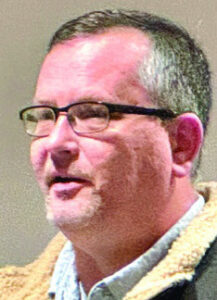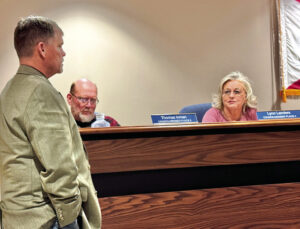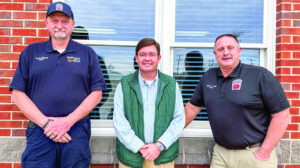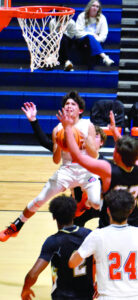Club Chronicles: Create bird-friendly spaces with native plants, other attractions
The National Audubon Society protects birds and the places they need, today and tomorrow. A nonprofit conservation organization since 1905, Bird-Friendly Communities is the Audubon’s commitment to the sustainability of our urban, suburban and rural places.
Where birds thrive, people prosper. In turn, birds offer us a richer, more beautiful and healthier place to live.
The number of birds in North America has dropped by a third – that’s a billion birds – over the past 50 years, likely due in large part to loss of suitable habitat.
By choosing native plants for our yards and public spaces, vital habitats for birds can be restored in communities and help them adapt and survive the climate change.
As gardeners across the country embrace spring, the National Audubon Society is encouraging them to add native plants to their landscaping. A bipartisan resolution that recognizes the benefits of native plants for people, birds and other wildlife passed the U.S. Senate by unanimous consent declaring April 2021 as National Native Plant Month.
Native plants adapt to local conditions, don’t require pesticides or synthetic fertilizer and need less watering. Planting natives helps the environment and provides critical resources for birds.
Summer is the season to attract birds. If you take steps to meet birds’ needs for food, water, shelter and nesting sites, you will be surprised at how many different birds take you up on your hospitality.
Consider providing landscaping that can feed birds with fruits, berries and insects that attract birds.
A fresh, clean water source is essential for healthy summer birds. Adding a birdbath, fountain or pond to backyard landscaping can be a magnet for birds.
Birds need protection from harsh weather and predators in every season. Trees and shrubs are useful for sheltering birds, and landscaping with thicket areas provides shade that shelters birds.
Summer is nesting season, and birds compete for nesting sites. Birdhouses offer good nesting areas that attract bird families, too.
Glass and lights present major hazards to birds, killing hundreds of millions of birds each year. Birds hit buildings at all hours during the day and night. During the day, the problem is reflection or other confusing aspects of glass. Audubon chapters, centers and programs across the country are working to make buildings safer for birds through their Lights Out Programs.
The National Audubon Society also, through its Plants for Birds program, maintains a Native Plant Database to link gardeners with appropriate natives to plant in their area. Learn more at www.audubon.org.
With simple acts of hope, everyone can help make our community bird-friendly.







